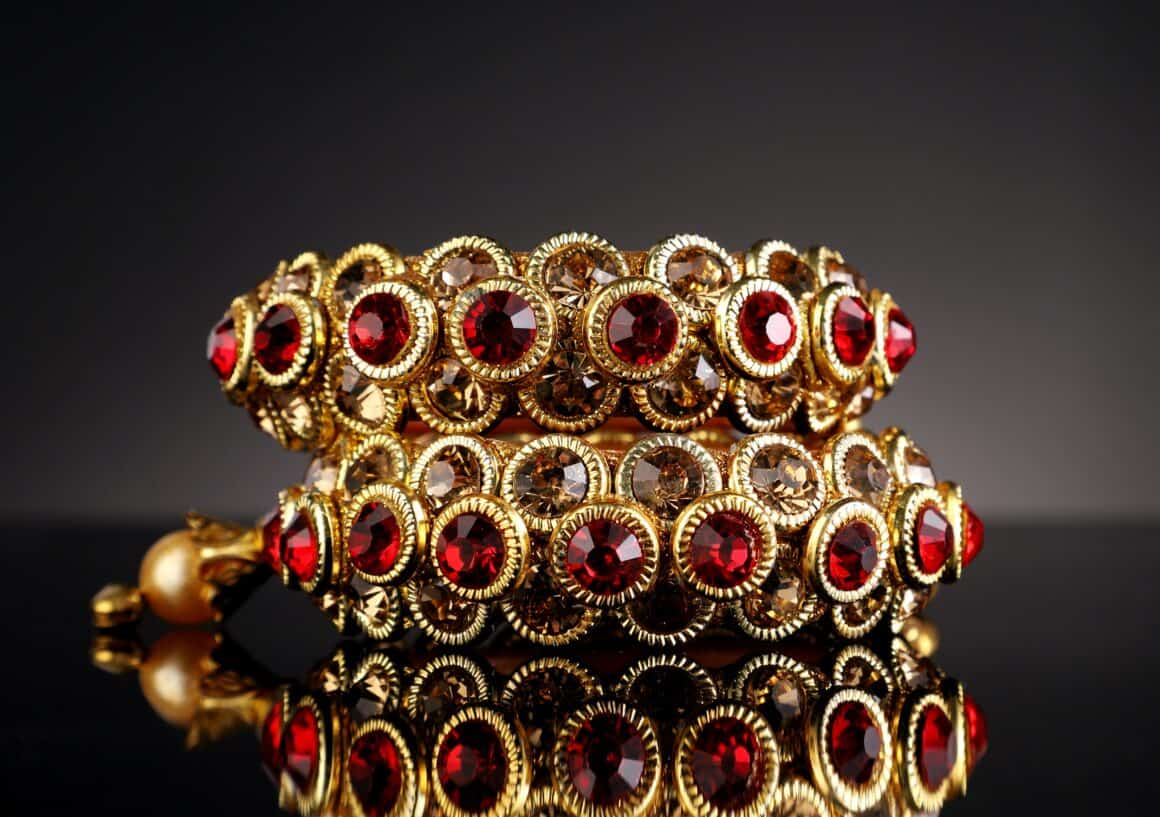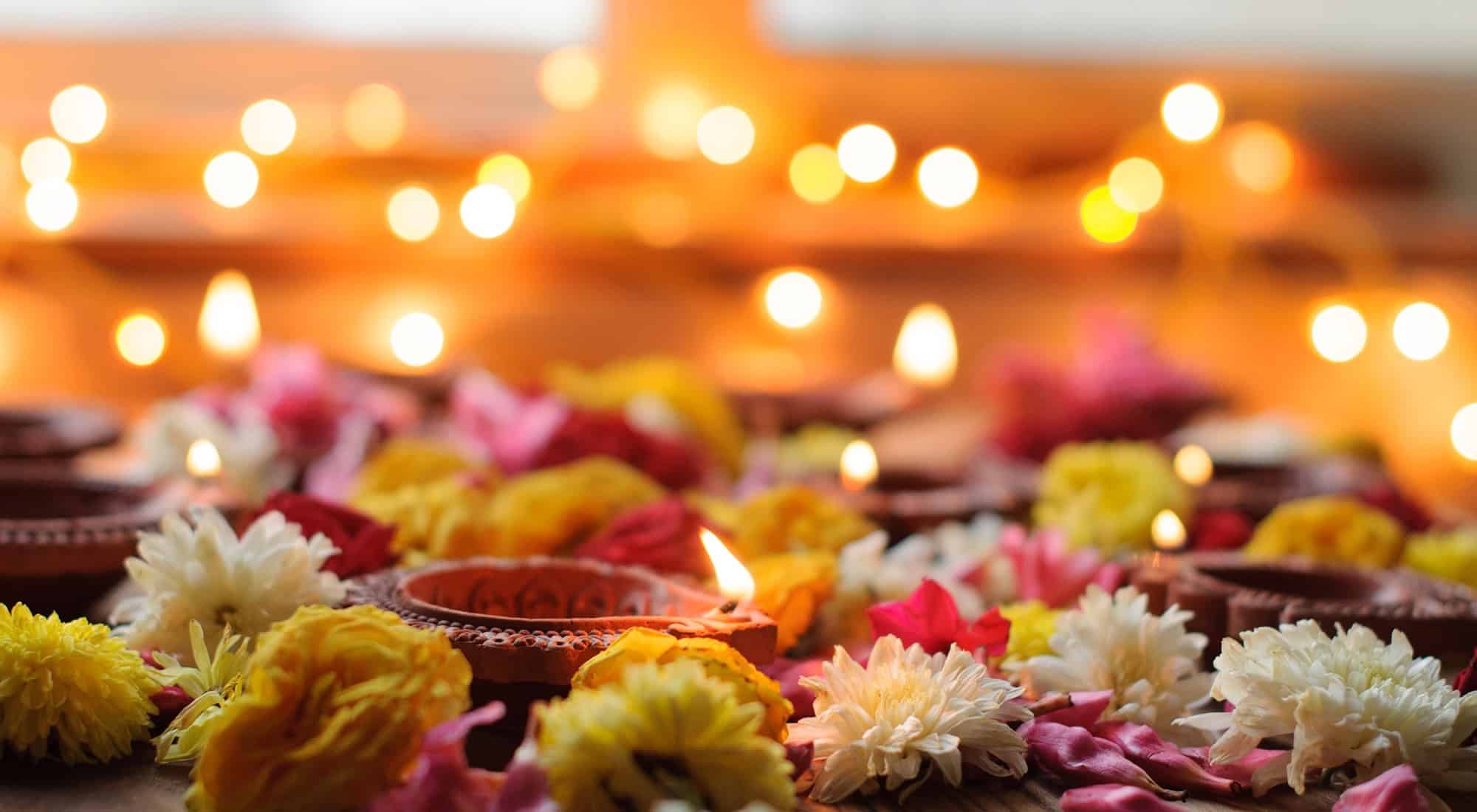Major deposits of two of the world’s most precious stones are found distributed right across mainland Southeast Asia: rubies and sapphires. They are mined in Thailand, Myanmar, Vietnam, Cambodia and Laos.
During the civil war in Cambodia, thousands of Thais were mining gems in Khmer Rouge-controlled territory (especially around Pailin) – with the protection of the vilified Khmer Rouge and the support of the Thai army. Bangkok has become one of the centres of the world’s gem business and Thailand is the largest exporter of cut stones.
Rubies and sapphires are different colours of corundum, the crystalline form of aluminium oxide. Small quantities of various trace elements give the gems their colour; in the case of rubies, chromium, and for blue sapphires, titanium. Rubies are among the rarest of gems, and command prices four times higher than equivalent diamonds. Sapphires are also found in a spectrum of other colours including green and yellow. The colour of sapphires can be changed through heat treatment (the most advanced form is called diffusion treatment) to 1500-1600°C (sapphires melt at 2050°C). For example, relatively valueless, colourless geuda sapphires from Sri Lanka turn a brilliant blue or yellow after heating. The technique is an ancient one: Pliny the Elder described the heating of agate by Romans nearly 2000 years ago while the Arabs had developed heat treatment into almost a science by the 13th century. Today, almost all sapphires and rubies are heat treated. The most valued colour for sapphires is cornflower blue. Dark, almost black, sapphires command a lower price. The value of a stone is based on the four ‘C’s: Colour, Clarity, Cut and Carat (1 carat = 200 mg).
There may be some good gem deals to be had in both Pailin and Battambang (around the central market area) if you know what you are looking for. Watch out for artificially coloured gems (bright blues and reds are a tell-tale sign).









